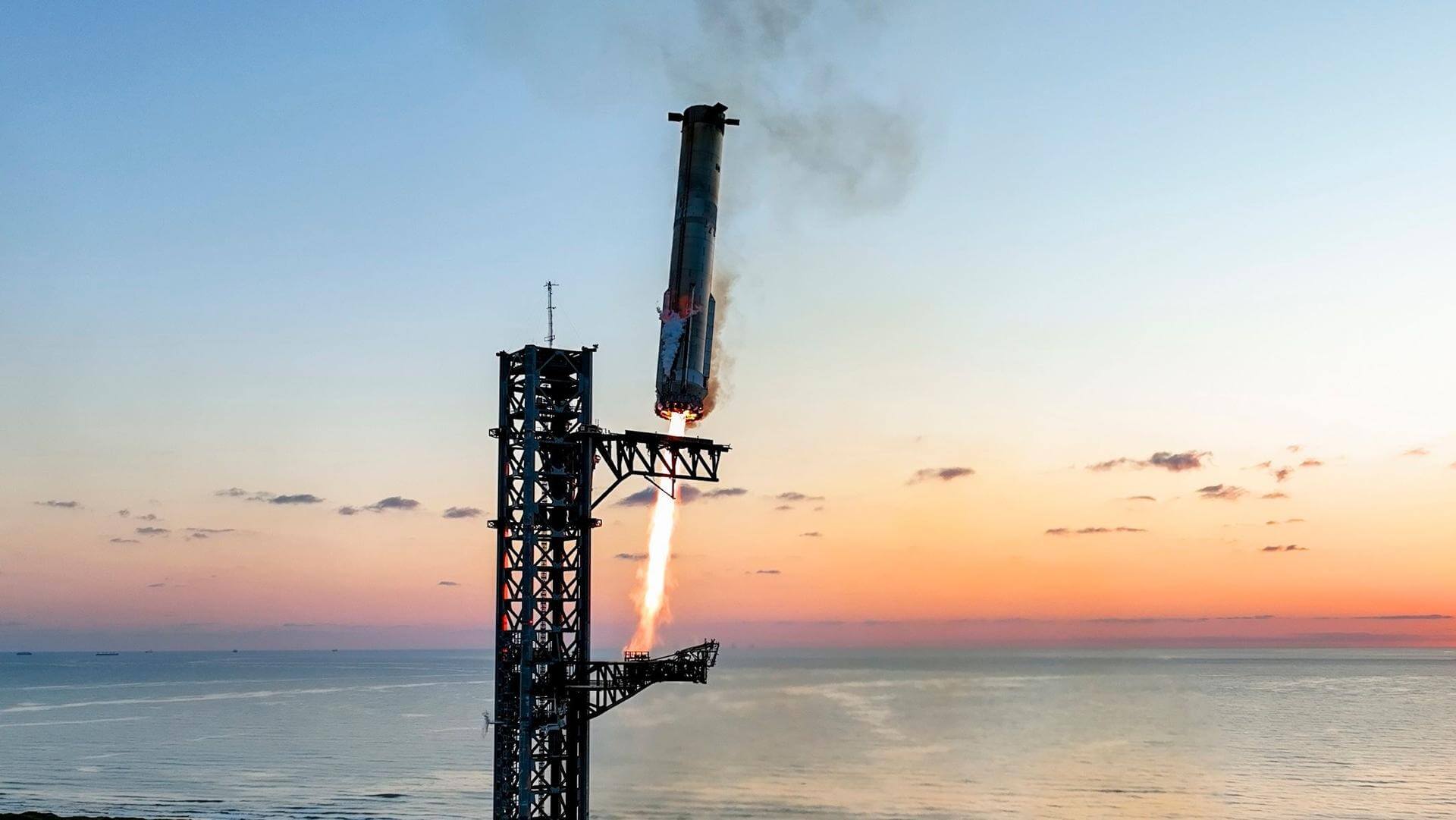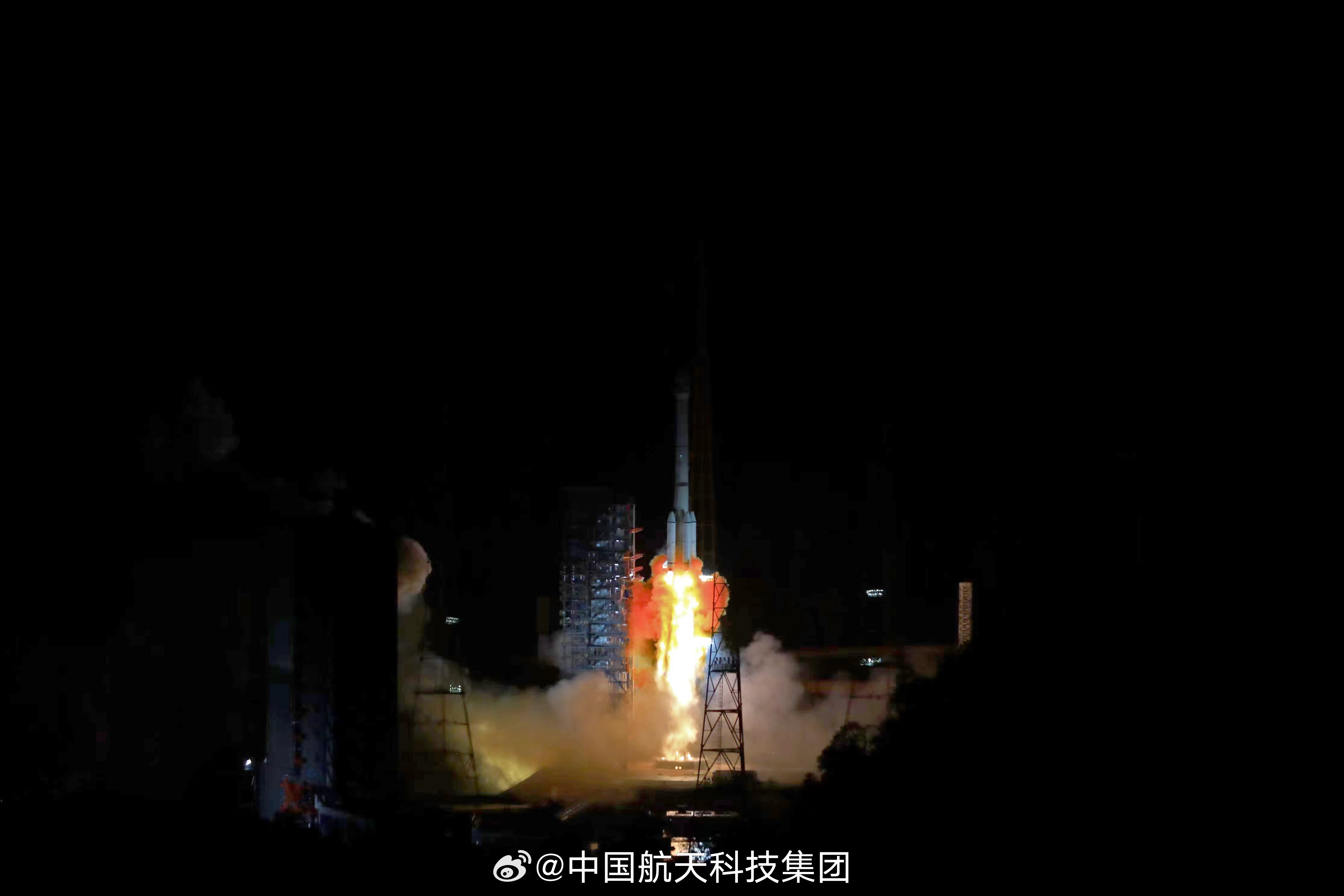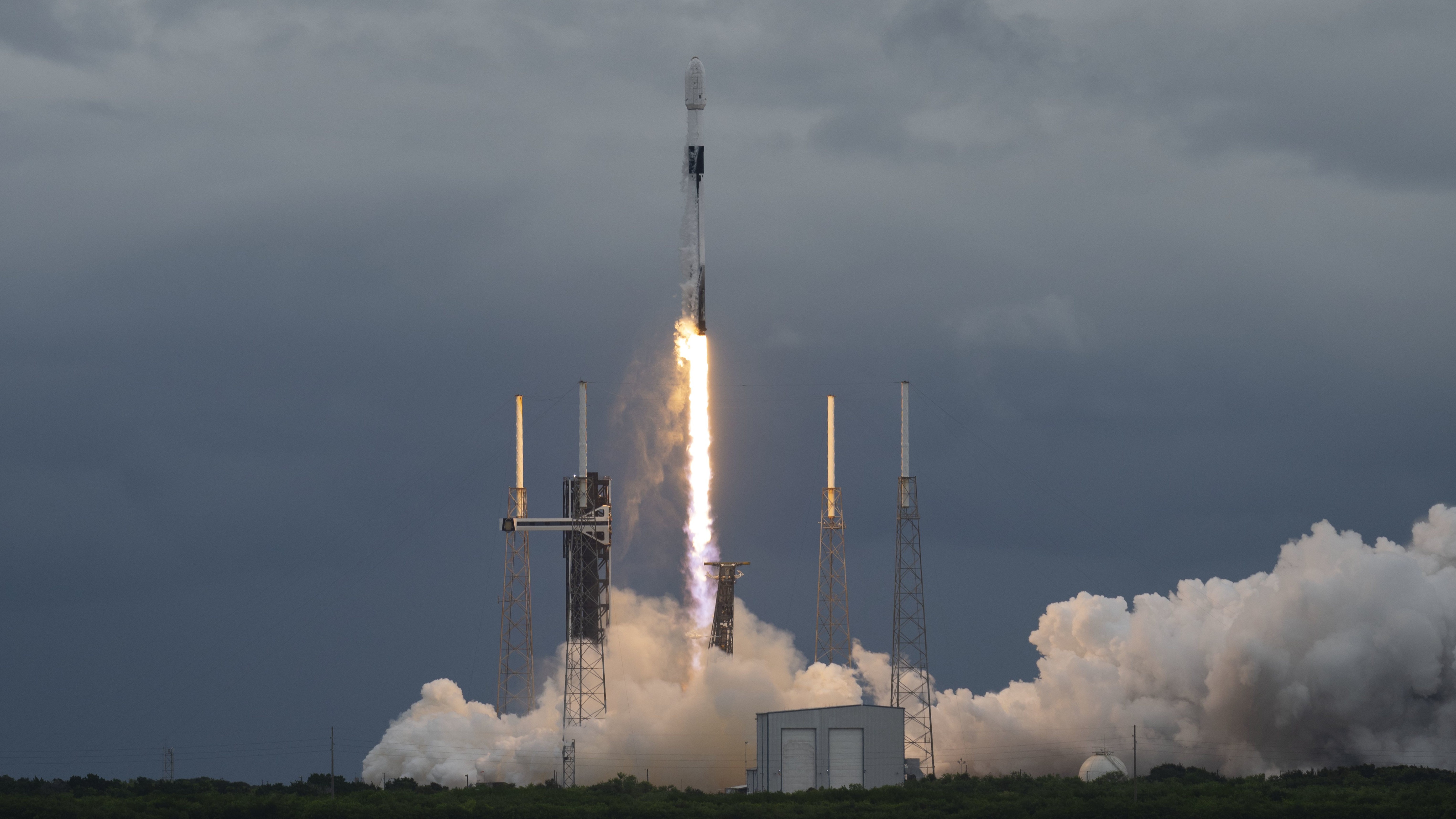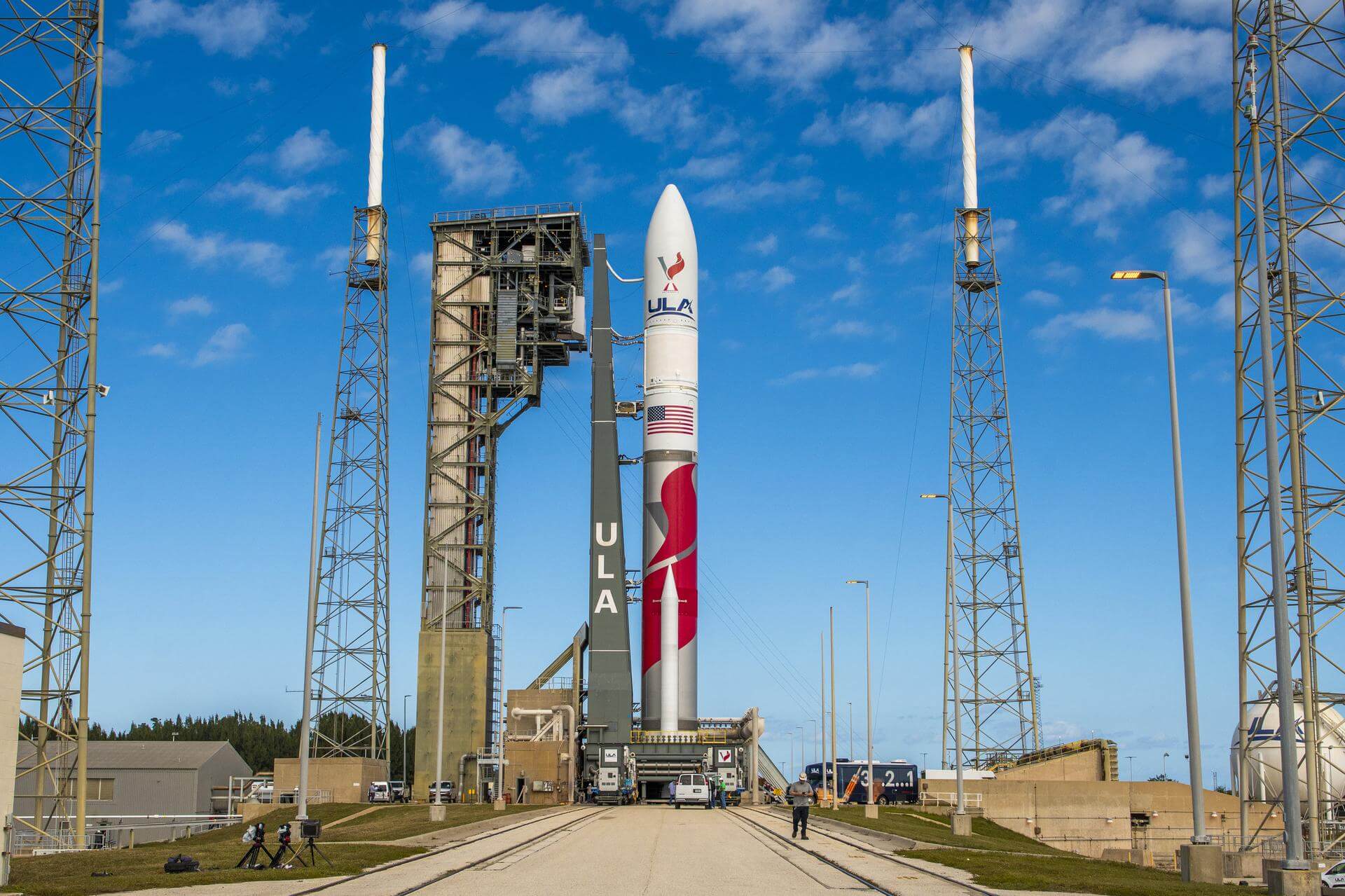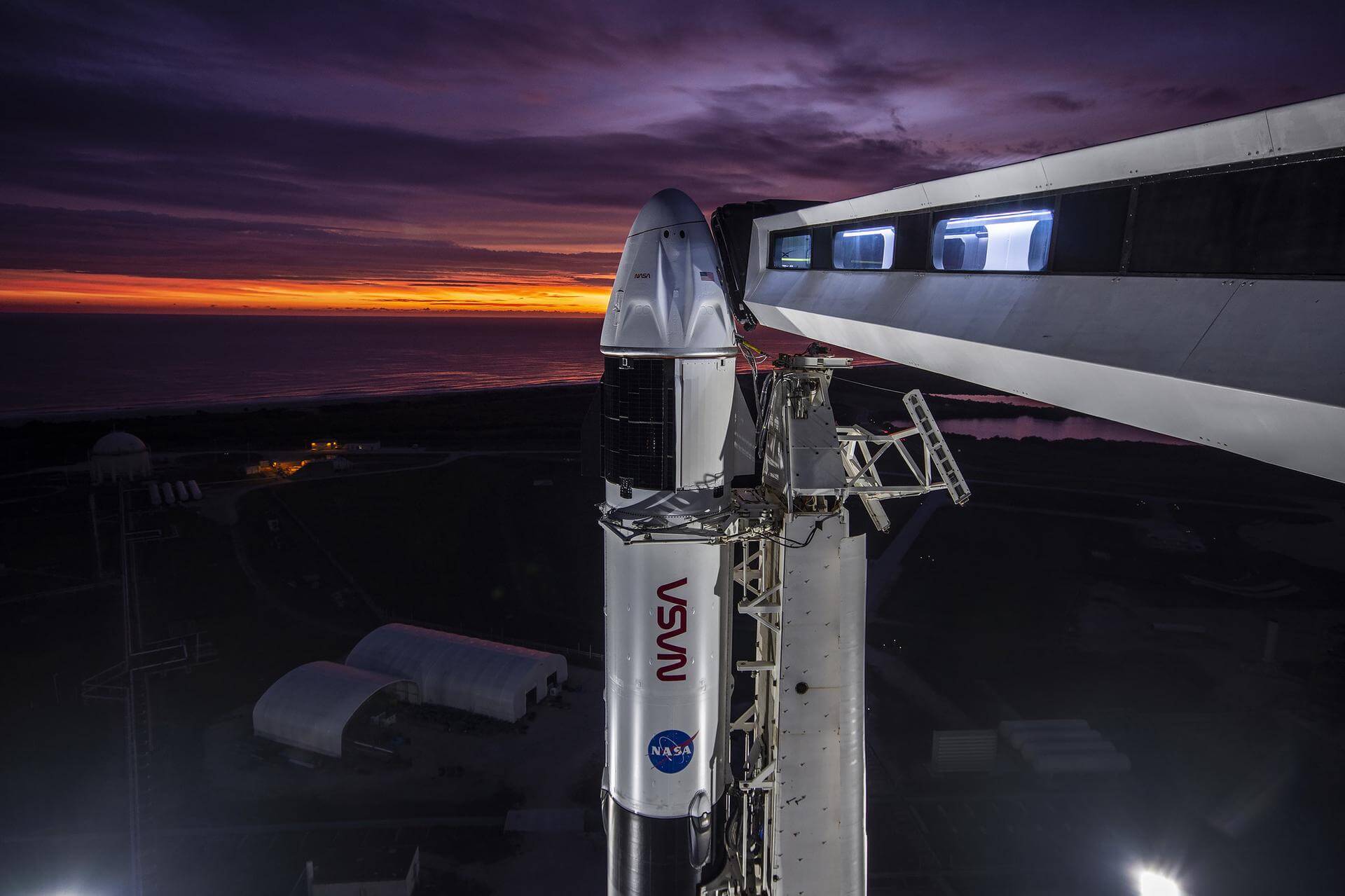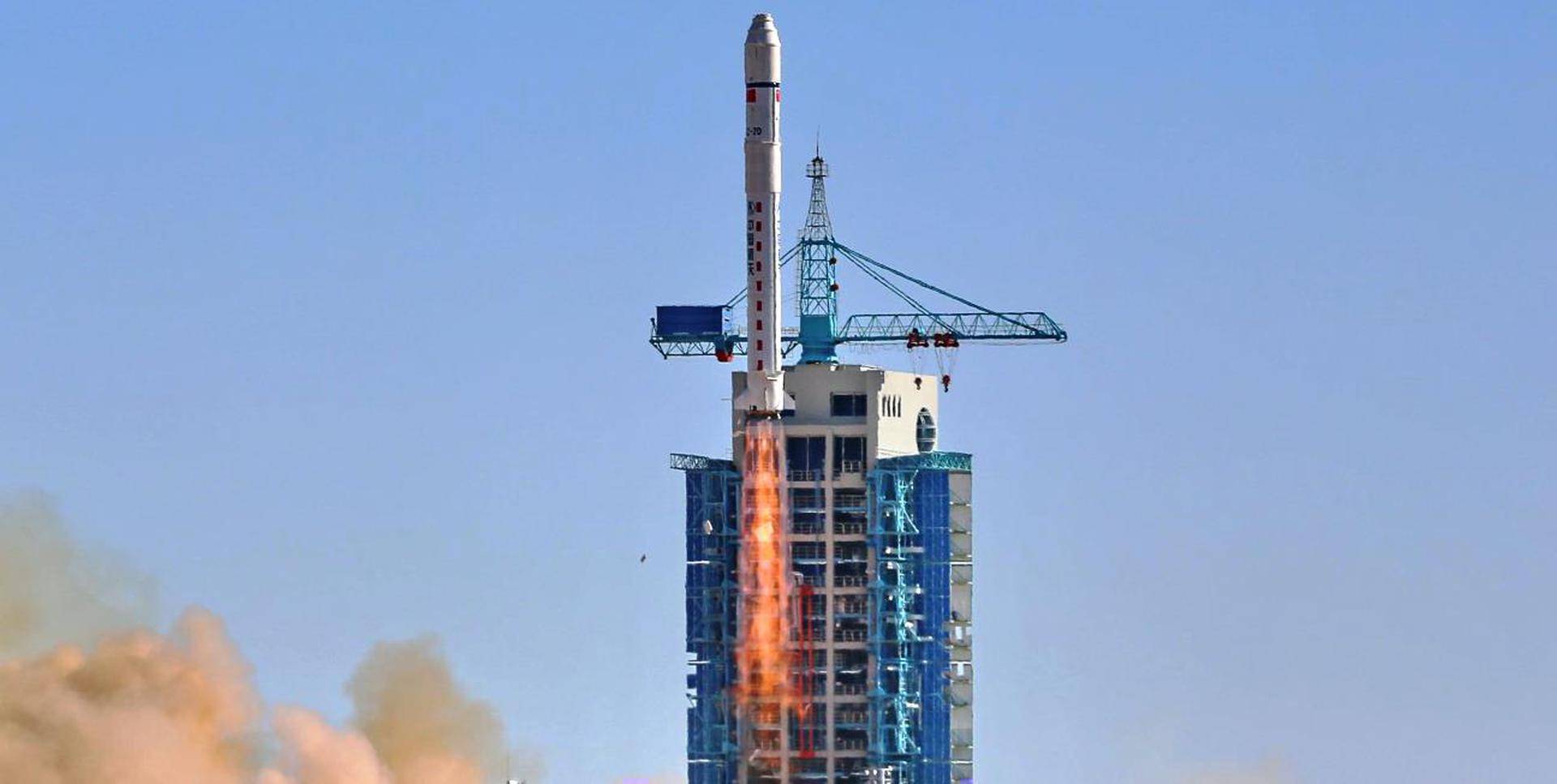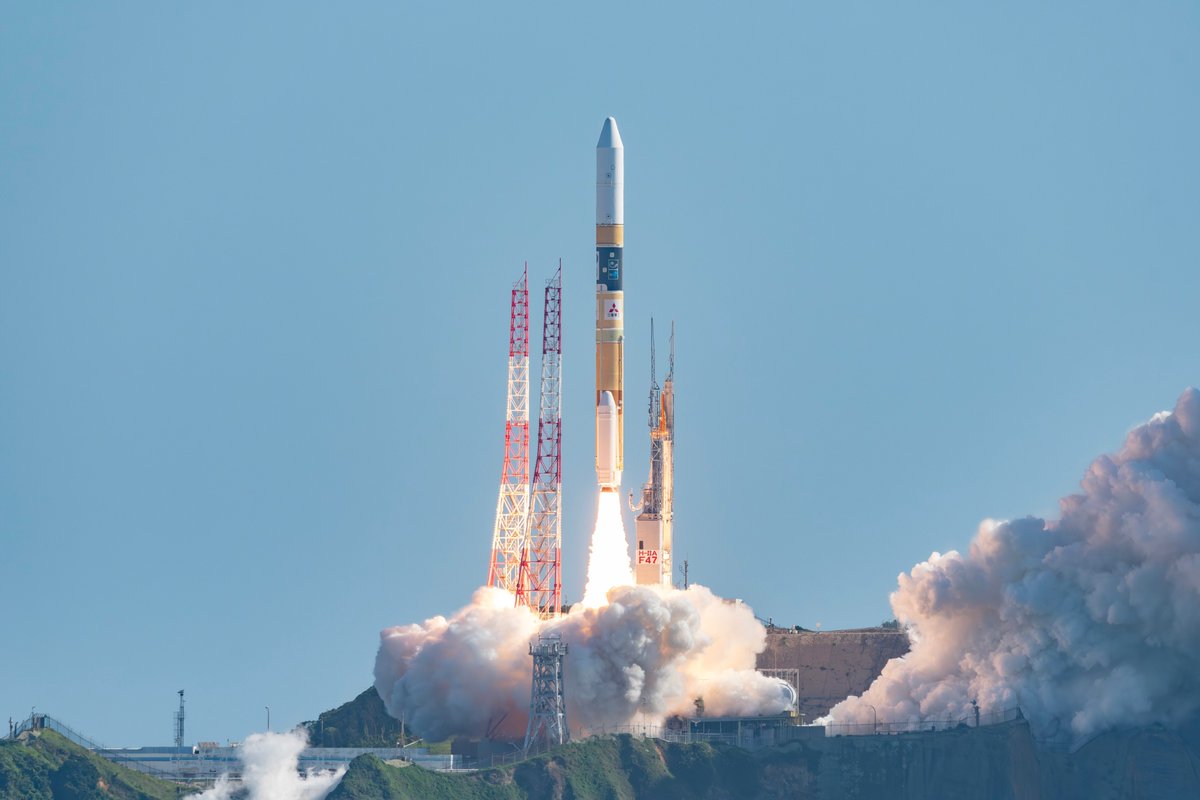Previous Spaceflight Launches
Filter by Agency, Locations or Vehicles
Show All LaunchesFalcon 9 Block 5 | Starlink Group 10-10
SpaceX | United States of AmericaCape Canaveral SFS, FL, USA
Oct. 15, 2024, 6:10 a.m.
Falcon Heavy | Europa Clipper
SpaceX | United States of AmericaKennedy Space Center, FL, USA
Oct. 14, 2024, 4:06 p.m.
Status: Launch Successful
Mission:
Europa Clipper is the first dedicated mission to study Jupiter's moon Europa. Mission is developed by NASA and comprises of an orbiter spacecraft, which, while in orbit around Jupiter, will perform numerous flybys over Europa. Europa Clipper payload suit included high-resolution cameras and spectrometers for imaging Europa's surface and thin atmosphere, an ice-penetrating radar to search for subsurface water, and a magnetometer and gravity measurements to measure the moon's magnetic field and unlock clues about its ocean and deep interior.
Heliocentric N/A B1089 - Maiden Flight Atlantic Ocean B1064 - Flight Proven ( ) Atlantic Ocean B1065 - Flight Proven ( ) Atlantic OceanStarship | Integrated Flight Test 5
SpaceX | United States of AmericaSpaceX Starbase, TX, USA
Oct. 13, 2024, 12:25 p.m.
Long March 3B/E | WHG-03
China Aerospace Science and Technology Corporation | ChinaXichang Satellite Launch Center, People's Republic of China
Oct. 10, 2024, 1:50 p.m.
Falcon 9 Block 5 | Hera
SpaceX | United States of AmericaCape Canaveral SFS, FL, USA
Oct. 7, 2024, 2:52 p.m.
Status: Launch Successful
Mission:
Hera is a space mission in development at the European Space Agency in its Space Safety program. Its primary objective is to study the Didymos binary asteroid system that was impacted by DART and contribute to validation of the kinetic impact method to deviate a near-Earth asteroid in a colliding trajectory with Earth. It will measure the size and the morphology of the crater created by and momentum transferred by an artificial projectile impacting an asteroid, which will allow measuring the efficiency of the deflection produced by the impact. It will also analyze the expanding debris cloud caused by the impact.
Asteroid B1061 - Flight Proven ( ) Atlantic OceanVulcan VC2S | Certification Flight 2
United Launch Alliance | United States of AmericaCape Canaveral SFS, FL, USA
Oct. 4, 2024, 11:25 a.m.
Status: Launch Successful
Mission:
Replacement Vulcan test launch with inert payload, experiments, and demonstrations for certification with the USSF after delays caused by payload testing of the Sierra Space Dreamchaser CRS SNC-1 mission, the original planned payload. One of the GEM-63XL SRBs was observed to blown out its booster nozzle at T+37 seconds, causing reduced and asymmetric thrust during ascent, however the performance shortfall was fully compensated by Vulcan's other stages.
Heliocentric N/AFalcon 9 Block 5 | Crew-9
SpaceX | United States of AmericaCape Canaveral SFS, FL, USA
Sept. 28, 2024, 5:17 p.m.
Long March 2D | Shijian 19
China Aerospace Science and Technology Corporation | ChinaJiuquan Satellite Launch Center, People's Republic of China
Sept. 27, 2024, 10:30 a.m.
Status: Launch Successful
Mission:
Shijian 19 is a Chinese recoverable satellite for hoisting various scientific experiments in microgravity. Unlike previous similar Chinese satellites, the return capsule can be reused up to 15 times and can carry about 500 kg of recoverable payload, as well as 200 kg of unrecoverable payload. This type of satellite can be flown in a short term configuration powered by batteries or in a long term configuration with solar arrays.
Low Earth OrbitH-IIA 202 | IGS Radar 8
Mitsubishi Heavy Industries | JapanTanegashima Space Center, Japan
Sept. 26, 2024, 5:24 a.m.
Falcon 9 Block 5 | Starlink Group 9-8
SpaceX | United States of AmericaVandenberg SFB, CA, USA
Sept. 25, 2024, 4:01 a.m.


